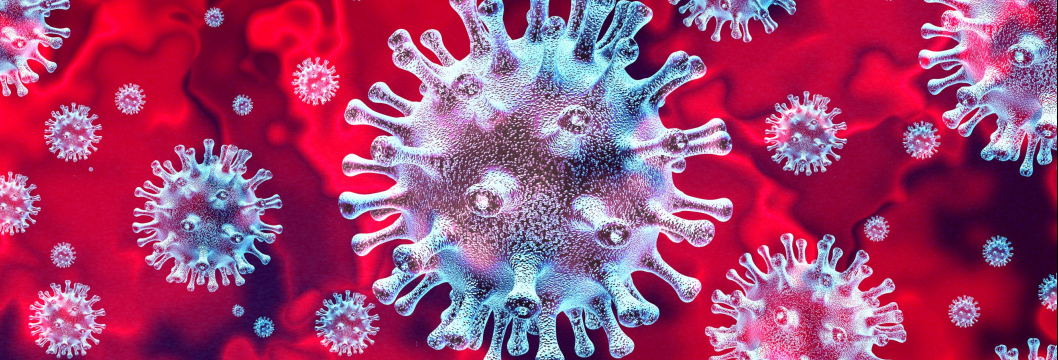
Since January, the City and region began preparing for COVID-19 in our region. I have recently talked with Seattle’s world-renowned scientists and academics, been briefed by our state and local public health officials, listened to input of our local nurses, doctors and health care officials, and read the latest research from across the world.
I wanted to share what I’ve learned.
COVID-19 is a new respiratory virus, and many details regarding the transmission are still unknown. There are no vaccines or treatments for it. However, we do know most people will have mild symptoms and recover on their own, but some people can develop pneumonia and require medical care or hospitalization. This includes individuals at most risk for serious illness including individuals over the age of 60 or individuals with chronic health conditions. The World Health Organization is estimating a 3.4 percent mortality rate among confirmed cases for COVID-19. Because of the impacts on our most vulnerable residents, impacts on the lives of working families, and impacts on our health care system, I believe this outbreak may be one of the most transformative and consequential events that our region and our country will experience in a very long time.
Ten days ago on February 29, 2020, Public Health – Seattle & King County announced its first case of COVID-19 in King County. A little over a week later, there are 190 confirmed cases in King County, including 22 individuals who have died. There are more than 250 cases statewide.
But we have learned that the scale and scope doesn’t include the full picture of those who may currently have COVID-19. Because of restricted testing and limited capacity from the Centers for Disease Control & Prevention (CDC) and private labs in the initial weeks of the outbreak, public health officials and scientists have come to the consensus that COVID-19 is more widespread in our community than testing is revealing.
Dr. Trevor Bedford of Fred Hutchinson Cancer Research Center and Dr, Mike Famulare of the Institute for Disease Modeling have been developing modeling to capture the estimated individuals who may already have COVID-19.

Today, researchers are estimating 1,100 active COVID-19 infections in our region, and based on their modeling, we expect that to potentially double every 6.2 days with no mitigation steps taken. By late April (or six weeks from now), the region may see 64,000 people infected by of COVID-19 if no actions are taken.
We have taken some initial and significant steps in King County to already slow and respond to the spread. The CDC, Washington State Department of Health, and Public Health – Seattle & King County (PHSKC) have identified the most effective strategies to minimize the spread of the new coronavirus (COVID-19). For any outbreak, we know these interventions are key to help:
- Slow the acceleration of cases;
- Reduce the peak number of cases and related demands on hospital and health care infrastructure; and
- Reduce the number of overall cases.

Interventions such as increasing handwashing and use of alcohol-based sanitizer, keeping distance from others (i.e. social distancing of six feet), remaining at home when you’re sick, and voluntary isolation are critical in the initial stages of an outbreak. As a community, we must continue these measures, which are proven to slow and prevent the spread of the virus.
Six days ago on March 4, 2020, Public Health – Seattle & King County announced new recommendations to King County residents aimed at reducing their risk of exposure to COVID-19. This guidance from Public Health – Seattle & King County included:
- People at higher risk of severe illness should stay home and away from large groups;
- Employers should take steps to make it more feasible for their employees to work in ways that minimize close contact with large numbers of people; and
- Avoid bringing large groups of people together, consider postponing events and gatherings.
Today, Governor Inslee announced new rules around nursing homes and assisted living facilities that focus on better protecting older adults – a population more likely to be impacted by COVID-19 during the ongoing statewide, unprecedented health crisis.
Working with public health officials, cities, counties and the state are continually re-evaluating the best guidance based on the best information we have to protect the public’s health in Seattle and every community. As the state or local governments announce additional actions, we know we may need to keep turning the dial and ramping up additional measures in the days and weeks to come. You can follow any updates from PHSKC here or sign up for email alerts here.
For the millions of residents in King County and the millions more that travel or work in our region, we know that any mandatory or voluntary community mitigation steps must be based in science, clearly articulated, and able to be followed by those impacted. We also know that measures must be coupled with thoughtful planning for race and social justice impacts and the effects on our workers, young people, those most vulnerable, and small businesses who are already disproportionally impacted by COVID-19. We know this is a critical moment in the growing outbreak of COVID-19 in King County, and such measures can potentially impact the spread of the disease. It is going to take the city and community pulling together. I have every confidence we can do that. It is going to be a long haul and we will be changed when we come out at the end of it. But we will come out. We will rebuild and be strong.